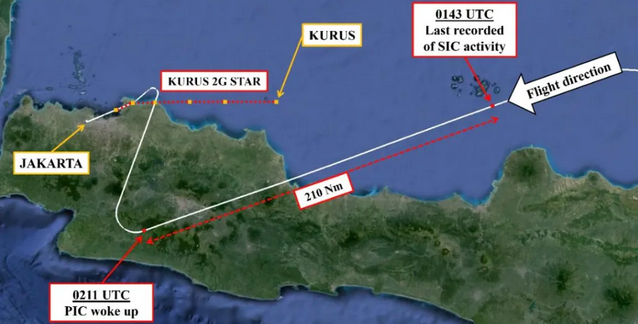A bizarre case comes to light in the shadow of the recurring problems plaguing Boeing aircraft.
As the BBC reports, a former company employee known for his concerns about production and safety standards has been found dead in the US.
This person is John Barnett who worked for Boeing for 32 years until his retirement in 2017.

John Barnett
In the days before his death, he had provided evidence as a whistleblower in a lawsuit against the company.
The Charleston County coroner confirmed his death to the BBC on Monday with Boeing saying it was saddened to learn of the 62-year-old’s death.
The airline also said Barnett died of “self-inflicted injuries” on March 9 and that police are conducting an investigation.
The 62-year-old had been working as a quality manager at the North Charleston plant that built the 787 Dreamliner, a state-of-the-art aircraft used primarily on long-haul routes, since 2010.
His revelations about safety lapses in manufacturing
In 2019, he told the BBC that workers under pressure were deliberately fitting substandard parts to the aircraft on the production line.
He also said he had uncovered serious problems with oxygen systems, which could mean that one in four breathing masks would not work in an emergency.
He also said that shortly after starting work in South Carolina he had become concerned that the pressure to build new aircraft meant the assembly process was rushed and safety had been compromised, something the company denied.
It later told the BBC that workers had not followed procedures designed to track parts through the factory, allowing defective parts to disappear.
He said that in some cases, substandard parts had even been removed from dustbins and placed on planes being built to avoid delays on the production line.
He also claimed that tests on the emergency oxygen systems that were to be fitted to the 787 showed a 25% failure rate, meaning that one in four could fail to deploy in a real emergency situation.
Barnett said he had alerted managers to his concerns, but no action had been taken.
Boeing denied his claims.
However, a 2017 review by the US regulator, the Federal Aviation Administration (FAA), confirmed some of his concerns.
It found that the location of at least 53 “non-compliant” parts at the factory was unknown and that they were considered lost.
Boeing was ordered to take corrective action.
Maria Sakkari: Qualified for the “16” of Indian Wells – Defeated Garcia again
Regarding the oxygen cylinder issue, the company said that in 2017 it had “identified certain oxygen cylinders received from the supplier that were not properly deployed.”
But it denied that any of them had actually been placed on aircraft.
After his retirement, he began a lengthy legal process against the company.
He accused it of defaming his character and hindering his career because of the issues he pointed out – charges that Boeing dismissed.
At the time of his death, Mr. Barnett was in Charleston for legal interviews related to this case.
Last week, he gave a formal deposition in which he was questioned by Boeing’s lawyers before being examined by his own lawyer.
He was scheduled to undergo further questioning on Saturday.
When he did not appear, his hotel was searched.
He was then found dead in his truck in the hotel parking lot. Speaking to the BBC, his lawyer described his death as “tragic”.
In a statement Boeing said: “We are saddened by Barnett’s death and our thoughts are with his family and friends.”
His death comes at a time when the production standards of both Boeing and its key supplier Spirit Aerosystems are under intense scrutiny.






































